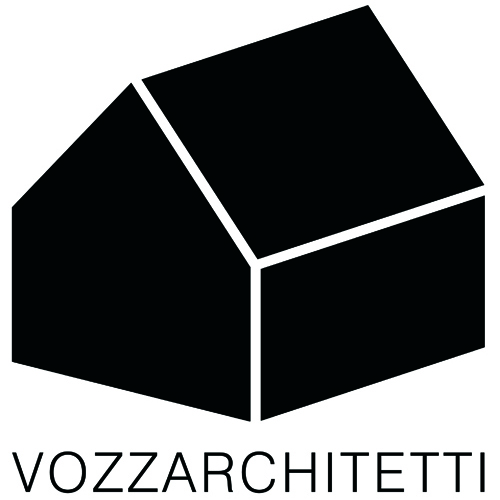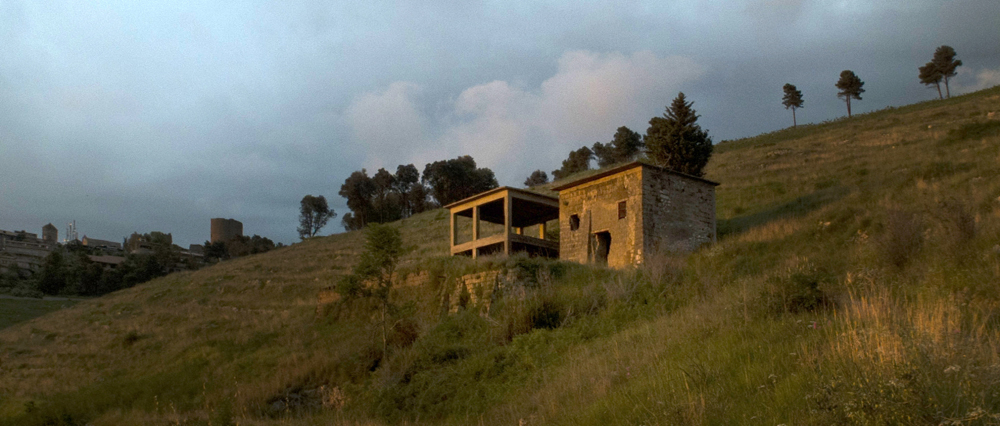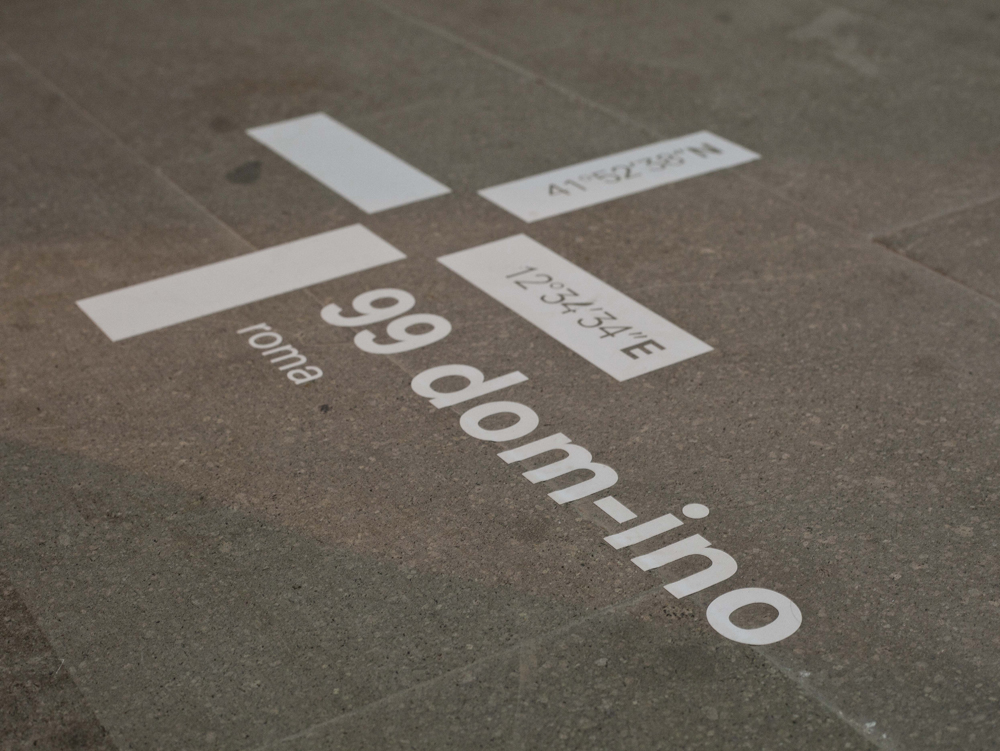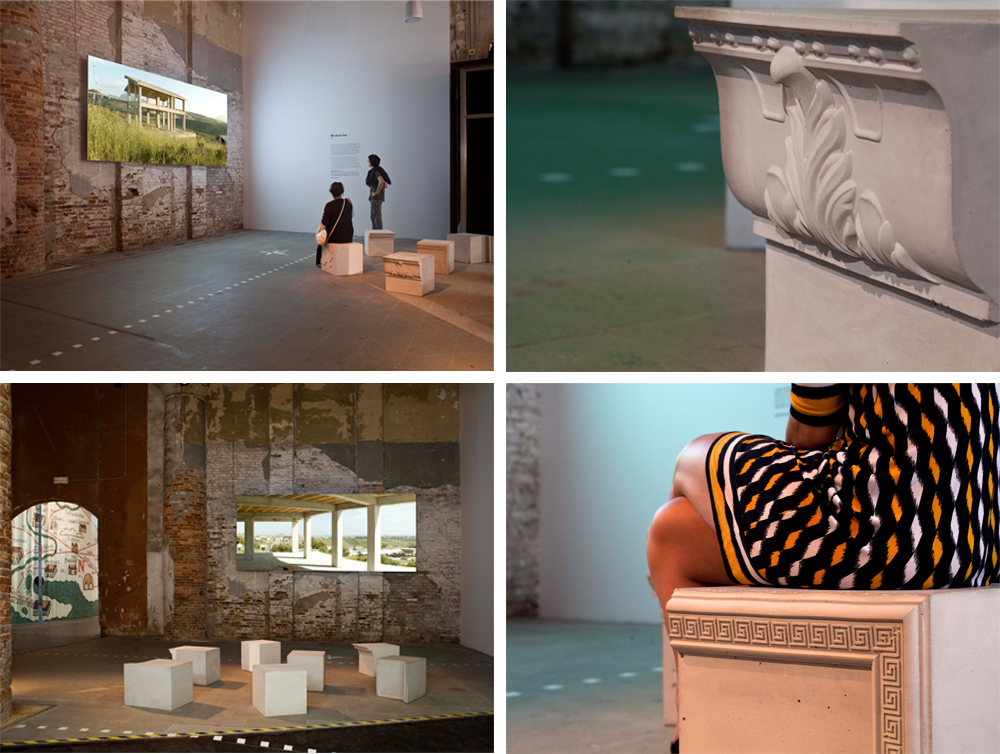|
99 DOM-INO 2014 venezia [ve]
video intervista [7 giugno - 23 novembre 2014] A project by Space Caviar
Film:
Exhibition: With the support of Fundación Alumnos47
|
|
Video intervista per il progetto 99 Dom-ino curato da Space Caviar per Monditalia – Fundamentals alla 14. Mostra Internazionale di Architettura della Biennale di Venezia (7 giugno - 23 novembre 2014). VOZZARCHITETTI: "In the past there was an olive grove until 30 years ago it was there on the hill. Every single hill in Caserta used to be full of olive groves. There was only that little brick house which was used as a toolshed. Later, after the postwar, how can I put it? People started to change their lifestyles and therefore the olive groves were all cut down. That piece of land was no longer seen as something that produces something for society, that can feed the people. It was seen as a place purely for living for having a house isolated from the larger context. Thus, it was the first house that was built seen from a totally new perspective. The house was built in the mid-1950s and later the construction was stopped beacause it was unauthorized. Then it remained on hold because it was transferred to new owners so it is as if the new owners altered a piece of land taht was unchanged for many years. Today it belongs to no one, let's say. That land is state property, and so although nothing can be done with it no one has thought of demolishing it. We could say that new imaginary architectures could emerge from this house. It is bare, thare's only the essential structure nothing more and nothing less. It is just the skeleton of the house. That is what makes it perfect in its synthesis, in its idea that is why I think it is how do I put it-radical."
SPACE CAVIAR: "In 1914, Le Corbusier published his design for Maison Dom-Ino, a slab-and-column frame intended to redefine domestic architecture by embracing the versatile and affordable new technology of reinforced concrete in the service of modernism. Maison Dom-Ino efficiently deploys the principles of modern architecture while embracing the unanticipated, and as such, it represents a moment of synthesis and aperture: by absolving the vertical planes of the building from their customary load-bearing duties, it effectively relinquishes control of the building’s exterior mantle, making any number of aesthetic solutions and languages viable. Inspired in part by the vernacular Ottoman architecture he observed during his travels in Turkey in 1911, Maison Dom-Ino could be read as a manifesto for openness in architecture—a hypothetical proposal for a new symbiosis between the hand of the architect and the individuality of the occupant. One century after the project’s publication, thanks to the virtues of economy and versatility that inspired Le Corbusier to employ reinforced concrete, the same slab and frame has established itself in southern Europe and in much of the rest of the world as the default formula for urban and non-urban construction: a technological, stylistically agnostic vernacular that articulates modernism’s impulse to colonise the landscape. 99 Dom-Ino takes the centennial of Le Corbusier’s design as the trigger for a survey of Italian domesticity and the relationship with the landscape over the last 100 years. Throughout history, few inventions have been as transformative of Italy as the concrete frame, to the point that it could be described as an object of collective self-identification in which pride and chagrin overlap. On the one hand, it is the symbol of the wealth generated by a building industry that rebuilt Italy from the rubble of the 2nd World War, as depicted in the opening scenes of De Sica’s 1956 film Il Tetto; on the other, it is the primary instrument of “abusivismo”, or unregulated construction’s assault on the landscape. As such, it is the ultimate symbol of the architect’s extraordinary power—and enduring helplessness. 99 Dom-ino was presented in June 2014 in the Corderie of the Arsenale as part of Monditalia during Fundamentals, the 14th International Architecture Exhibition at La Biennale di Venezia. The designer Alicia Ongay-Perez was commissioned to create a series of concrete moduli inspired by the Maison Dom-ino to accompany the films." [99 Dom-ino]
INFO | MONDITALIA - FUNDAMENTALS La Biennale di Venezia - 12. 99 Dom-Ino - Space Caviar - 41° 52’ 38’’ N / 12° 34’ 34’’ E
|



